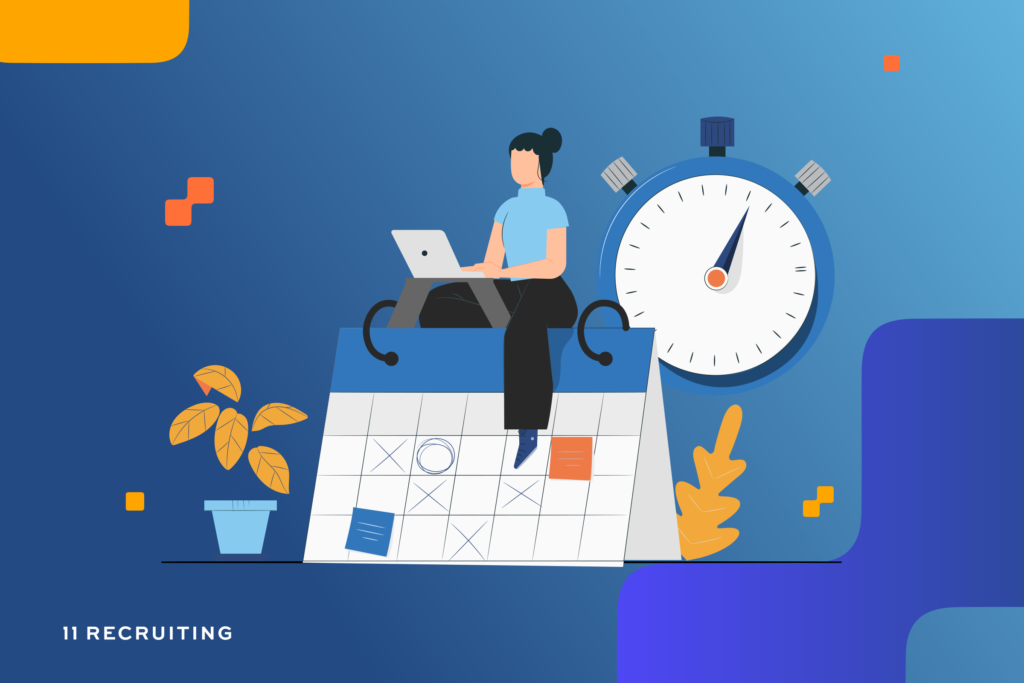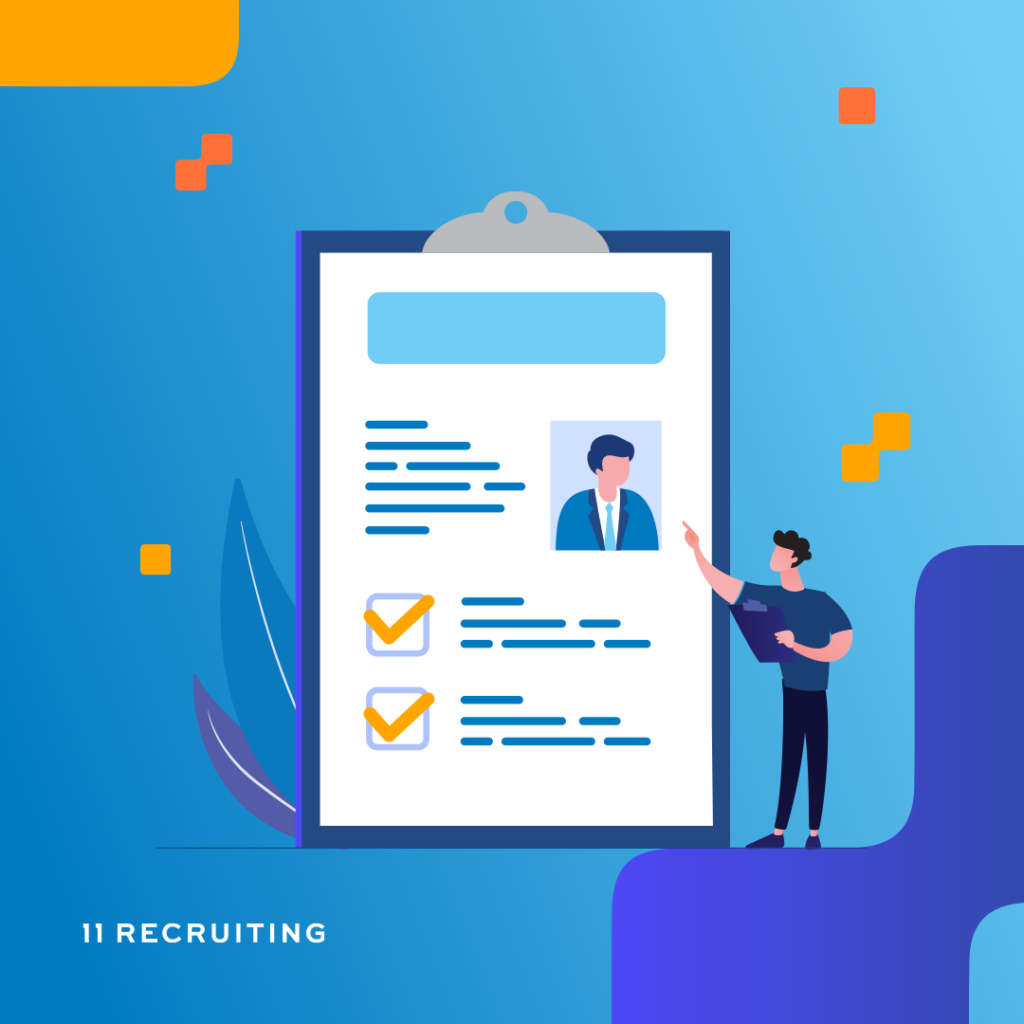
Have you ever felt the need to complete a task, but have not done anything productive by the end of the day? That might be a clear sign for you to stop procrastinating. However, you’re not alone— 88% of people tend to procrastinate at least an hour every day.
Procrastination isn’t a flaw or sign of weakness; it’s inevitable, but also predictable. Strategic procrastination can help you become productive. In this article, we discuss some ways to stop procrastinating and how you can use strategic procrastination to be more efficient.
Frequently Asked Questions
What is strategic procrastination?
It is a habit of deliberately slacking off and delaying low leverage tasks to use the effort for a more demanding job. Strategic procrastination is intentionally not doing what you’re supposed to do for a short period so that your subconscious mind can generate new ground for massive action, allowing you to eventually get things done.
It can also mean adding more complex responsibilities, so you can deliberately delay it and work on other minor but core duties. The central aim is to maximize productivity while still promoting creativity and recovery.
Are there benefits to procrastinating?
Sometimes, procrastination gives you time to reflect on what’s most important because you’re either taking time out to clear your mind by thinking things through or being temporarily through with thinking. As a result, better decisions might be made as an offset of procrastination.
While some people use procrastination as a strategy for being productive, it’s not always an effective tool. Procrastination is only beneficial if you put enormous effort while slacking off at intervals. Active procrastination can also help you attend to some small items on your to-do list to clear off space for tackling the bigger ones you’ve been putting off.
Why do people procrastinate?
Procrastination is a habit, but a significant cause is decision fatigue when you have too many decisions that you do not know which one to choose. You become so stressed by the amount of decisions you would have to make throughout the day, resulting in you shifting it to a later day. Sometimes people procrastinate because of the performance anxiety or negative emotion that the task produces, so a default mechanism is to leave it for another day.
When people are depressed, they’ll also tend to procrastinate over all types of tasks, whether they’re simple or complex, fun or tedious. People with depression often experience a lot of negatively-toned overthinking that can cause them to feel less enthusiastic or confident in their capacity to perform at their optimal. Many creatives procrastinate and take time away from projects because they need to look at the project with fresh eyes.
If you need any help to stop procrastinating and increase productivity, head on to our service page, we’re ready to help you.
11 Tips to Stop Procrastinating And How to Increase Productivity
Procrastination is a learned behavior, and to reduce or eliminate it in totality, you need more systems and habits than willpower. Here are 11 tips to help you stop procrastinating.

1. Prioritize high leverage tasks.
High leverage tasks are the core responsibilities of your job, and they’re the activities that are more directly related to value creation. Unfortunately, most of us spend more of our time on the low leverage tasks, which are at the least or sometimes not close to our work responsibilities.
For example, your core responsibility is analyzing data; therefore, replying to client emails or trying to help clients troubleshoot IT issues is a low leverage task, especially if the company has a help desk technician. So, let’s assume that you spent two hours of your eight hours today doing high leverage activities such as analyzing data. If you could increase it to eight hours, you could be ten times more productive because you would be working in contiguous blocks instead of 5-minute snippets.
In essence, focusing on a high leverage task, even if it’s just one in a day, can help you increase your productivity.
2. Break down high leverage tasks.
High leverage tasks can be overwhelming. If you can’t handle them, break them down into smaller bits instead of procrastinating for lower leverage tasks.
For example, if your core responsibility is to collect data, you can break down this task by first gathering your data, choosing a specific way to clean it either by using a spreadsheet or a programming language and finally interpreting it.
Breaking your task into small assignments can seem more manageable than an overwhelming task because then we may put too much pressure on ourselves to produce, leading to decision fatigue and performance anxiety. Focusing on small, achievable tasks, increases our chances to reduce or avoid procrastination.
3. Take advantage of the Pomodoro technique.
Another way to make it easy to get started on your essential work is to set a timer. This time may be short and easy for you to spare but not too minute that you don’t have time to get invested. The Pomodoro technique allows you to run through your to-do list by setting a timer for at least 25 minutes to focus on a single task until it rings.
During those twenty-five minutes, all distractions must be removed. Commit your full attention to the job you’ve been putting off, and enjoy a 5-10 minutes break after the bell goes off. It helps you gauge the time you spend on specific tasks, and enables you to manage and track your time to be productive in the workplace.
4. Intentionally implement actions.
Alongside the Pomodoro technique, you can set automated cues using implementation intention. It is a self-regulatory strategy in the form of an “if-then plan”. Its equation “If X, then I will Y!” specifies that an anticipated situation, X, will trigger goal-directed response, Y, that will help achieve the goal. Implementation intentions are an effective way to make progress instead of procrastinating because pairing the action you want to take with something you do automatically makes you less dependent on your willpower.
When you set an implementation intention, you commit to engaging in your desired behavior whenever you receive a particular cue. For example, you can say, when I first turn on my office light, I’ll work offline for a set period instead of checking email.
5. Reduce or avoid distractions.
To increase productivity, put off distractions from phone calls, emails, text messages, social media, gossip, or anything that can visually distract your attention. Most times, we get distracted at least every 10-11 minutes, and sometimes it takes us about 20-25 minutes to jump back into our work mood.
Although some distractions can be unavoidable, such as colleagues dropping by, a noisy coworker, or unnecessary work meetings, you should be able to manage them by either using headphones to kick out the noise or communicating to the coworker about their noise. And if you find it hard to avoid distraction, try this next step.
6. Use the 20-second rule and the activation principle.
Most people have a common problem “STARTING”, but with the 20-second rule, you use less power to start an activity. Alongside the activation principle, the 20-second rule brings about the odd marriage of laziness and productivity. How? With the activation principle, you lower your activation level for habits you want to adopt and increase it for the bad habits you want to break.
For example, you may want to stop checking your mail first when you get to your workstation because it eats up your time and leaves you unproductive. To adopt the activation energy principle, you would have to increase the activation energy you use to check your email by either logging off the day before or removing the app from your home screen. In doing this, you have created a high resistance to reading your emails immediately.
So, your brain helps you do the calculation, and the 20 seconds of decision-making (should I go through the login process) would convince your brain to get back to work. The 20-second rule and principle also work in the opposite directions. If there is something that you want to do, find a way to put that action at least 20 seconds close to you. The more we decrease or end the activation energy for our desired action, the more we double down our productivity.
7. Have motivation.
Motivation is your “why”, and It’s the meaning behind your work that will help you stay on course and reduce procrastination. For example, if your motivation for doing a good job is the extra stipend you’ll get or that feeling of fulfillment, you’ll be more eager to push through, even if you don’t feel like it. Having a reason behind what you do will help you sustain your progress on a project.
To avoid procrastinating and increase productivity, it’s more helpful to set rewards or punishment for a task milestone completed or not completed as you progress toward your goal. Giving yourself small incentives like seeing an episode in a series after analyzing a data set goes a long way in increasing productivity.
8. Set reinforcement for yourself.
It can be exhausting to do a long stretch of hard work, which sometimes leads us to take procrastinative steps. According to psychologist Alexander Rozental, promising yourself a big reward at the end of a project (like most of us do) isn’t likely to motivate you to stop procrastinating if you’ve been putting off getting started.
9. Have accountability systems.
We are more likely to reduce or avoid procrastination when there is someone or something we have to report back to. That’s why it can be helpful to set incentives or consequences for met or unmet goals. Having regular check-in with friends, mentors or colleagues also serve as an accountability system that can help us stay on track, increase productivity and reduce procrastination. It also helps jumpstart your efforts and sustain your progress on a project.
10. Have the right tools and technology.
Using the proper tools and technology is another productivity hack for your company. You can’t be effective and productive in your roles without the right tools and resources. Tools like product management software help manage even complex projects with ease. Time tracking & resource planning software helps get the right task and allocate the appropriate time so that workflow aligns and doesn’t overlap. Tools for effective communication across teams can help you manage your time and energy and prioritize your tasks.
11. Build-in time for procrastination.
It would be a lie if I told you that procrastination wouldn’t creep in even after having the best productive system because no amount of work-related success will compare to the bittersweet feeling of procrastinating. If you’ve tried everything on this list, don’t fight the feeling. Instead, craft out time into your schedule to do strategic procrastination. If that means giving yourself five minutes to scroll through your social media feeds, take a walk or do a low leverage task, you have to give yourself time but know when to detach and refocus.
To wrap up
Curbing procrastination will depend largely on your habits and systems you set for yourself. Create a consistent routine that puts you one step closer to achieving your goals, and stick to it. Again, you need to step back and think of ways to work smarter instead of putting in longer hours or packing more workload into your already-full calendar.

